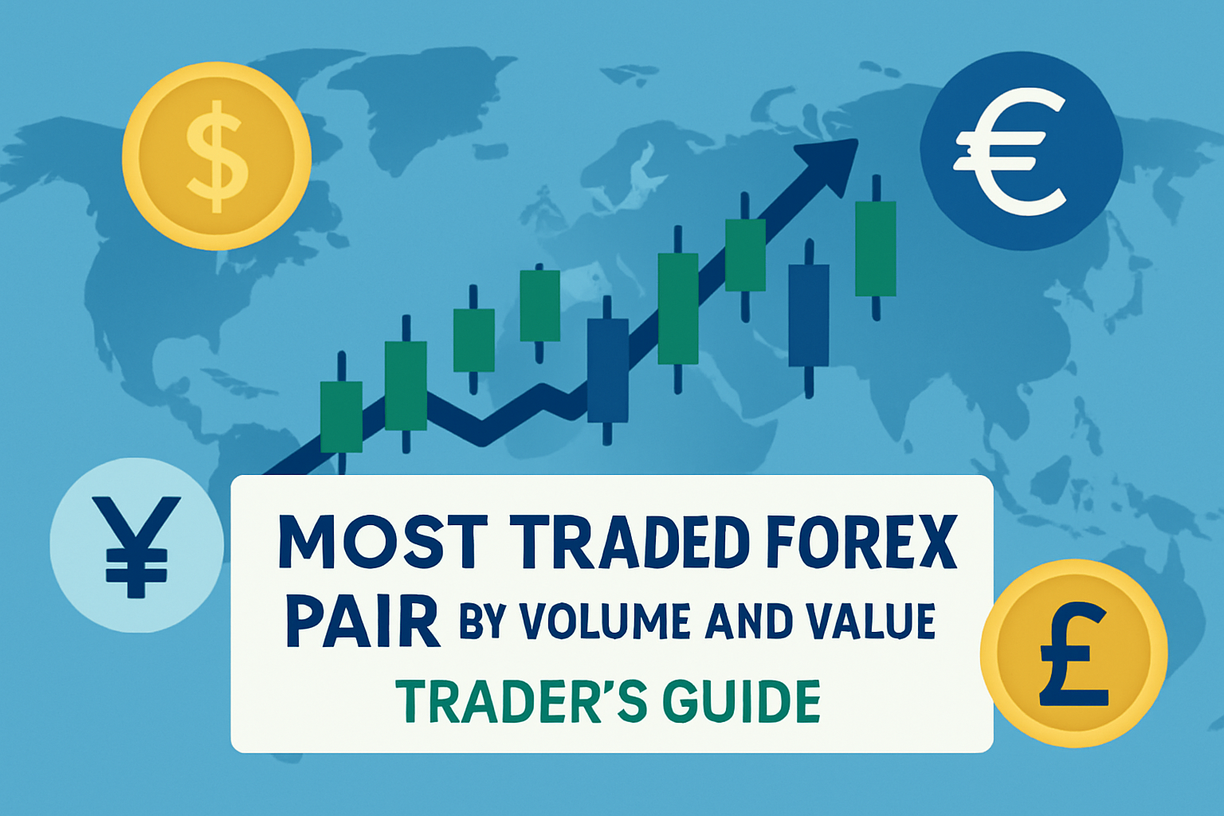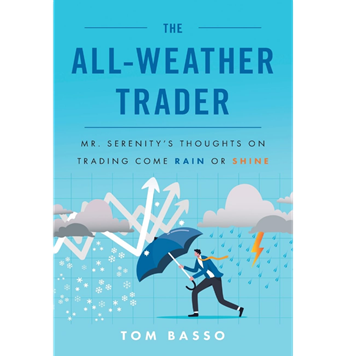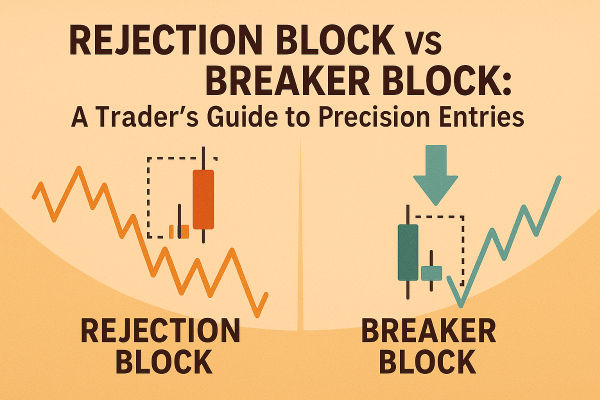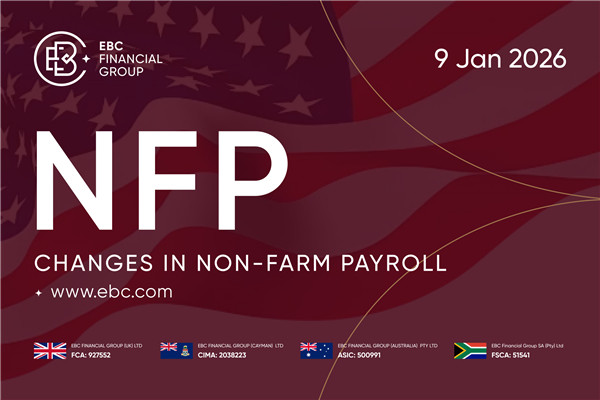Stepping into the world of trading can feel like entering a high-speed, high-stakes arena—where opportunity and risk move hand in hand. For those new to the game, the sheer volume of information and strategies can be overwhelming. Yet, with the right structure and mindset, learning to trade doesn't have to be chaotic. It starts with grasping the core principles, narrowing your focus, and gradually building the skills to make informed, confident decisions in the market.
Learn the Market Fundamentals
 Before opening a Trading Account or even reading a price chart, it's essential to understand how financial markets work. The basics may not be glamorous, but they are the foundation of every successful trader's knowledge.
Before opening a Trading Account or even reading a price chart, it's essential to understand how financial markets work. The basics may not be glamorous, but they are the foundation of every successful trader's knowledge.
Begin by learning the types of markets available to trade, such as:
Stocks – shares in public companies
Forex – currency pairs like GBP/USD
Indices – collections of stocks (e.g. FTSE 100)
Commodities – gold, oil, natural gas
Cryptocurrencies – Bitcoin, Ethereum, and others
Familiarise yourself with key trading concepts:
Bid/Ask prices – the prices buyers and sellers are willing to accept
Spreads – the difference between bid and ask, often a broker's profit
Leverage – trading with borrowed funds, which magnifies gains and losses
Margin – the capital required to open a leveraged position
Order types – market, limit, stop-loss, and take-profit orders
At this stage, your goal is to build a solid understanding of how trading works in theory. Websites like Investopedia, YouTube channels, and beginner-focused courses are valuable tools.
Choose Your Asset Class and Trading Style
 Once you're familiar with market mechanics, the next step is to narrow your focus. Many beginners try to trade everything at once—this rarely ends well. Instead, choose one or two markets and focus your learning there.
Once you're familiar with market mechanics, the next step is to narrow your focus. Many beginners try to trade everything at once—this rarely ends well. Instead, choose one or two markets and focus your learning there.
Popular beginner-friendly markets:
Forex – highly liquid and accessible, but volatile
Stocks – familiar and easier to research, ideal for learning analysis
Cryptocurrencies – growing fast, but high-risk and highly volatile
Next, consider your trading style, which should match your lifestyle, personality, and risk appetite:
Day trading – entering and exiting trades within a single day
Swing trading – holding trades for several days or weeks
Scalping – executing many small trades in quick succession
Position trading – holding trades for weeks or months
Ask yourself: how much time can I dedicate each day? How patient am I? Do I prefer fast or slower decision-making?
By choosing a specific asset class and trading style, you can avoid information overload and become more focused in your learning.
Pick a Broker and Learn the Trading Platform
Now it's time to get hands-on. Choosing the right broker is a critical step. Look for one that is:
Regulated by a credible authority (e.g. FCA in the UK)
Offers competitive spreads and low fees
Provides a user-friendly platform (e.g. MetaTrader, TradingView, or their own proprietary software)
Has solid customer support and educational tools
Once you've selected a broker, open a demo account. This is a risk-free way to practice using virtual money. It allows you to:
During this stage, your focus should be on getting comfortable with placing trades, managing risk, and testing ideas—without the pressure of real money.
Avoid rushing into live trading. Many traders spend weeks or months practising in a demo environment before risking actual capital.
A common mistake among beginners is trading without a clear strategy. A trading plan is your rulebook. It outlines:
Which assets you will trade
When to enter and exit a trade
How much to risk per trade
Which tools or indicators to use
How you will evaluate performance
Once your plan is written, backtest it using historical data. This means applying your strategy to past market conditions to see how it would have performed.
You can backtest manually (by reviewing old charts) or use software tools to automate the process. Look for:
Backtesting won't guarantee future success, but it helps you refine your approach and build confidence before risking real money.
Trade Live with Proper Risk Management
When you're ready to transition to a live account, start small. Even with backtested strategies, live markets behave differently, and emotions can interfere.
Follow these principles:
Never risk more than 1–2% of your capital per trade
Use stop-loss orders to limit losses
Keep a trading journal to track your decisions, outcomes, and thoughts
Review your performance weekly or monthly to spot patterns and areas for improvement
Expect losses—they're part of trading. The goal is not to avoid losses completely, but to manage them so they don't wipe out your account.
Stick to your plan. Emotional decisions, overtrading, or revenge trading (trying to make up for losses impulsively) are common pitfalls that derail many new traders.
Over time, you'll develop your edge—the small advantage that, when consistently applied, leads to profitability.
Conclusion
Learning to trade is a journey, not a quick fix for wealth. By starting with the fundamentals, choosing a clear focus, practising with a demo account, crafting a strategy, and managing risk, you'll be in a far stronger position than most beginners who dive in unprepared.
Trading requires patience, discipline, and continuous learning. Markets change, and so must your approach. But with the right foundation, tools, and mindset, trading can be a powerful and rewarding skill.
Whether you're trading part-time or aiming for full-time, remember: consistency beats intensity. Start small, think long-term, and let experience shape your success.
Disclaimer: This material is for general information purposes only and is not intended as (and should not be considered to be) financial, investment or other advice on which reliance should be placed. No opinion given in the material constitutes a recommendation by EBC or the author that any particular investment, security, transaction or investment strategy is suitable for any specific person.
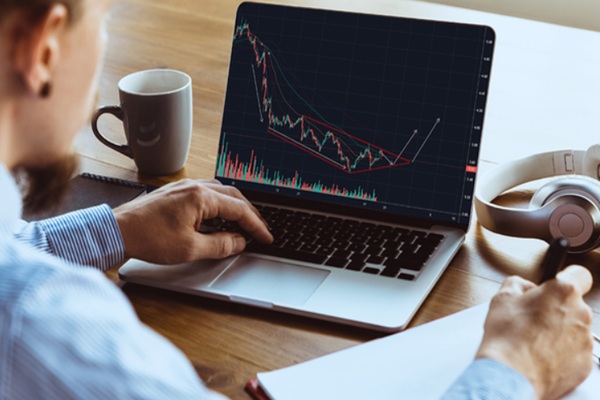


 Before opening a
Before opening a  Once you're familiar with market mechanics, the next step is to narrow your focus. Many beginners try to trade everything at once—this rarely ends well. Instead, choose one or two markets and focus your learning there.
Once you're familiar with market mechanics, the next step is to narrow your focus. Many beginners try to trade everything at once—this rarely ends well. Instead, choose one or two markets and focus your learning there.








